Time management is crucial for busy professionals striving to balance demanding work schedules and personal lives. Effective time management can lead to increased productivity, reduced stress, and a better work-life balance. This article explores practical time management hacks that can help professionals optimize their day, prioritize tasks, and achieve their goals efficiently. By implementing these strategies, you can take control of your time and enhance your overall performance.
Prioritize Tasks with the Eisenhower Matrix
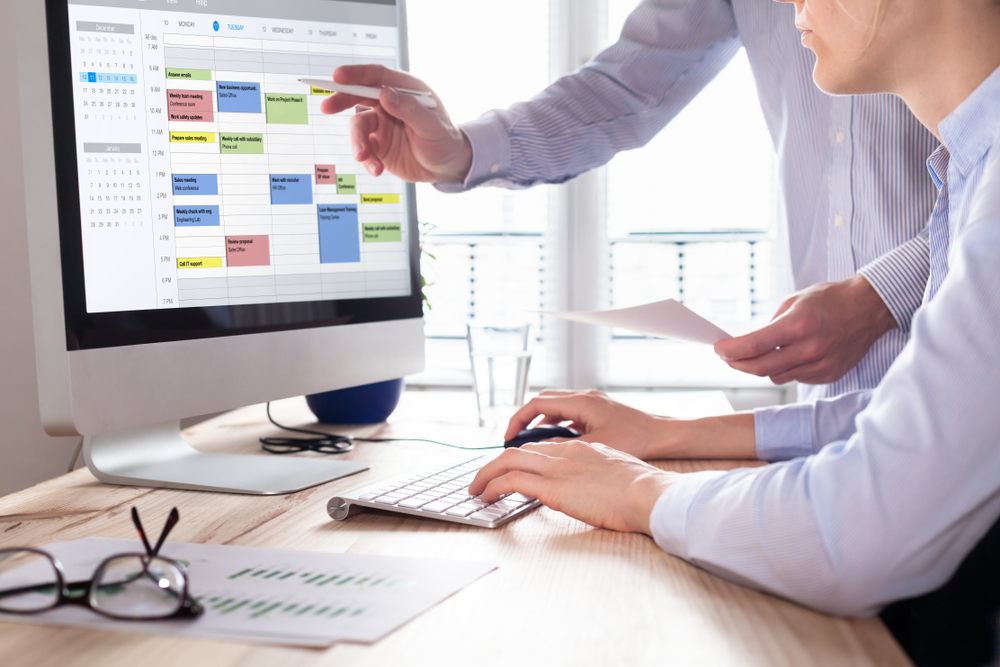
The Eisenhower Matrix helps you prioritize tasks based on urgency and importance. It divides tasks into four quadrants: urgent and important, important but not urgent, urgent but not important, and neither urgent nor important. This method ensures you focus on high-priority tasks first, improving efficiency and productivity.
Use Time Blocking
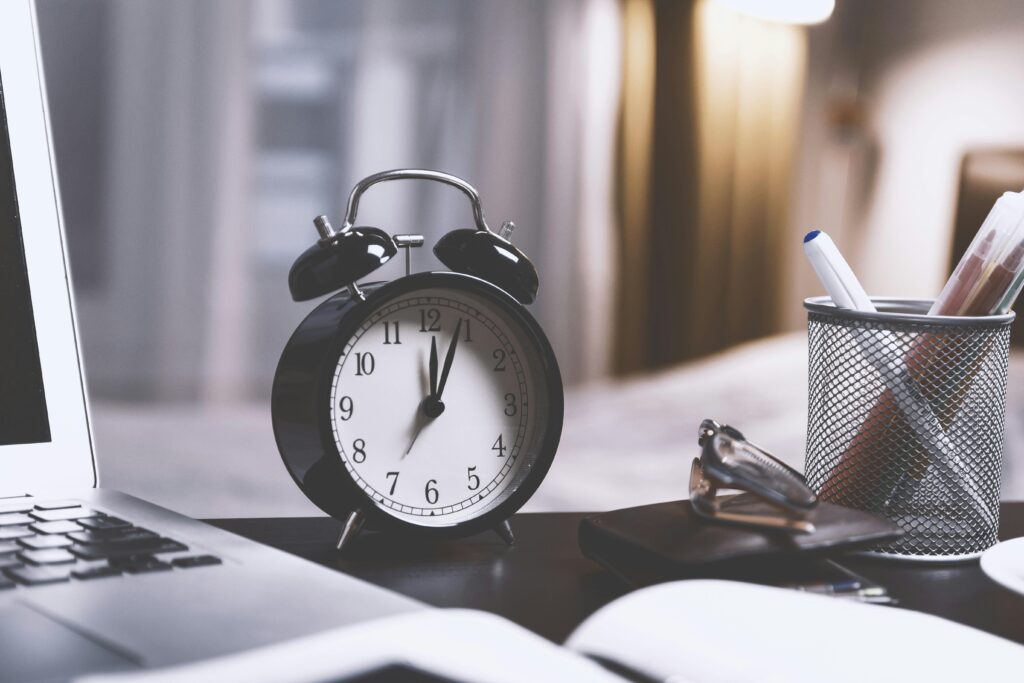
Time blocking involves scheduling specific blocks of time for different tasks or activities. By allocating time slots for focused work, meetings, and breaks, you can minimize distractions and maintain a structured routine. This technique helps you stay organized and manage your day more effectively.
Implement the Pomodoro Technique
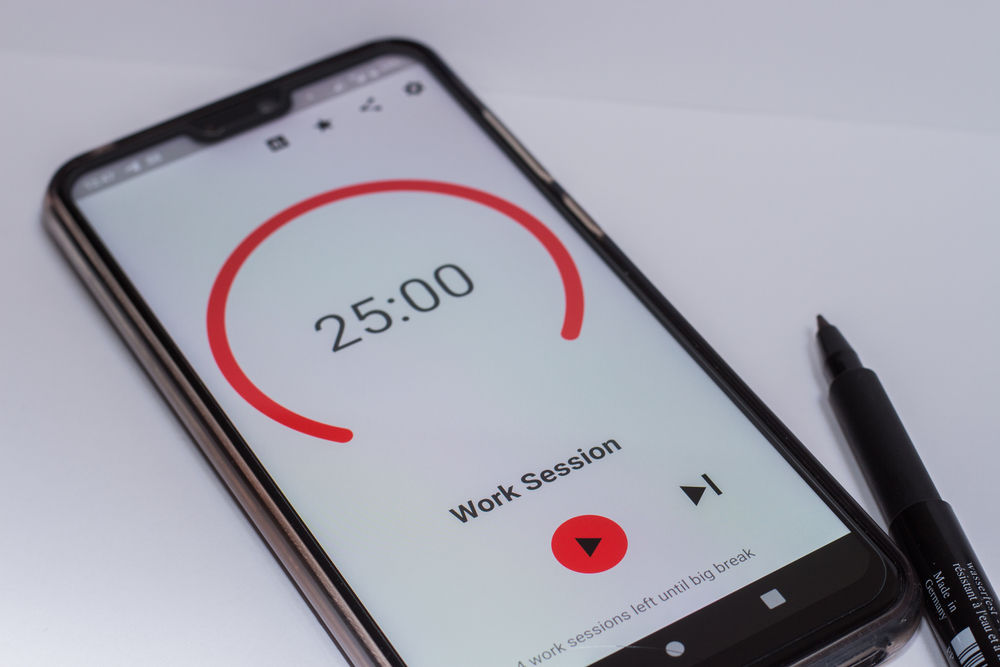
The Pomodoro Technique involves working in 25-minute intervals, followed by a 5-minute break. After four intervals, take a longer break. This method enhances concentration, reduces mental fatigue, and boosts productivity by encouraging short, frequent breaks.
Set SMART Goals
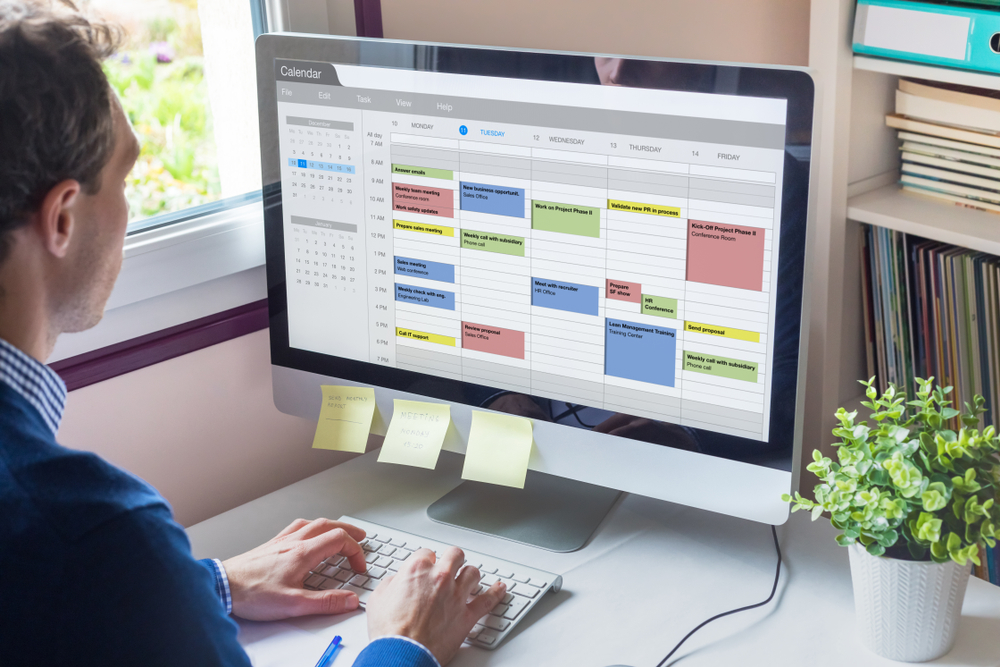
SMART goals are Specific, Measurable, Achievable, Relevant, and Time-bound. Setting clear and realistic goals helps you stay focused and motivated. This approach ensures that your objectives are well-defined and achievable within a specific timeframe.
Use a Task Management Tool
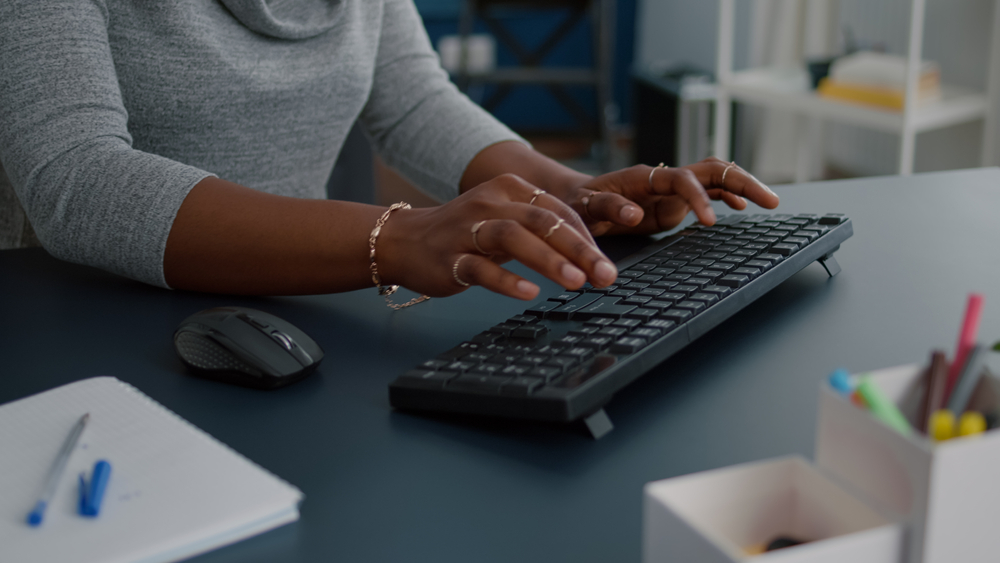
Task management tools like Trello, Asana, or Todoist help you organize and track your tasks. These tools allow you to create task lists, set deadlines, and collaborate with team members. They provide a visual overview of your tasks, making it easier to manage your workload.
Practice the Two-Minute Rule
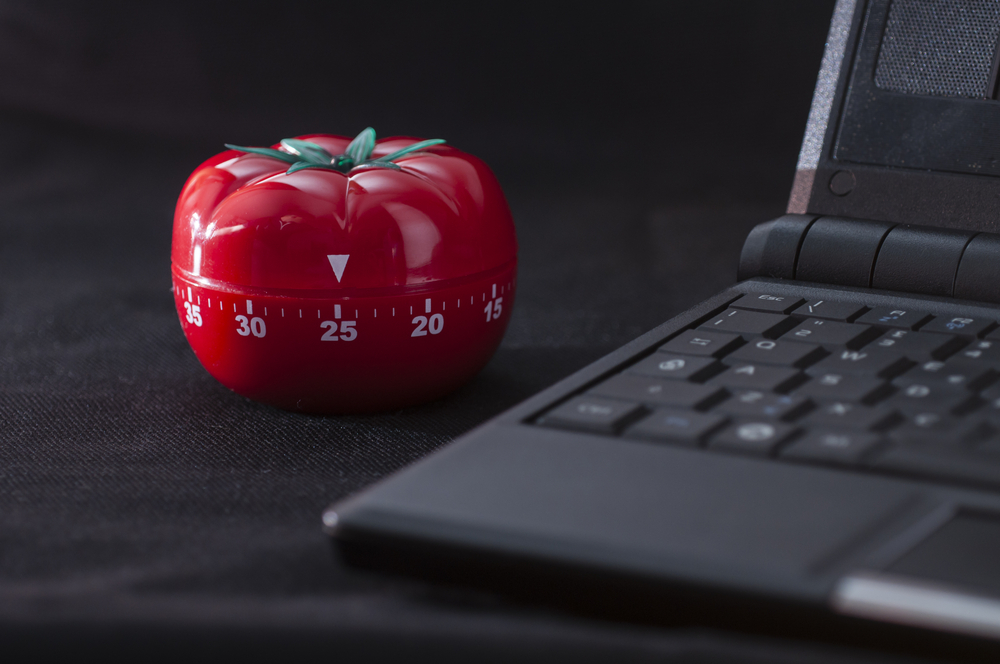
The two-minute rule suggests that if a task can be completed in two minutes or less, do it immediately. This approach helps you tackle small tasks quickly, preventing them from piling up and reducing procrastination.
Delegate Tasks
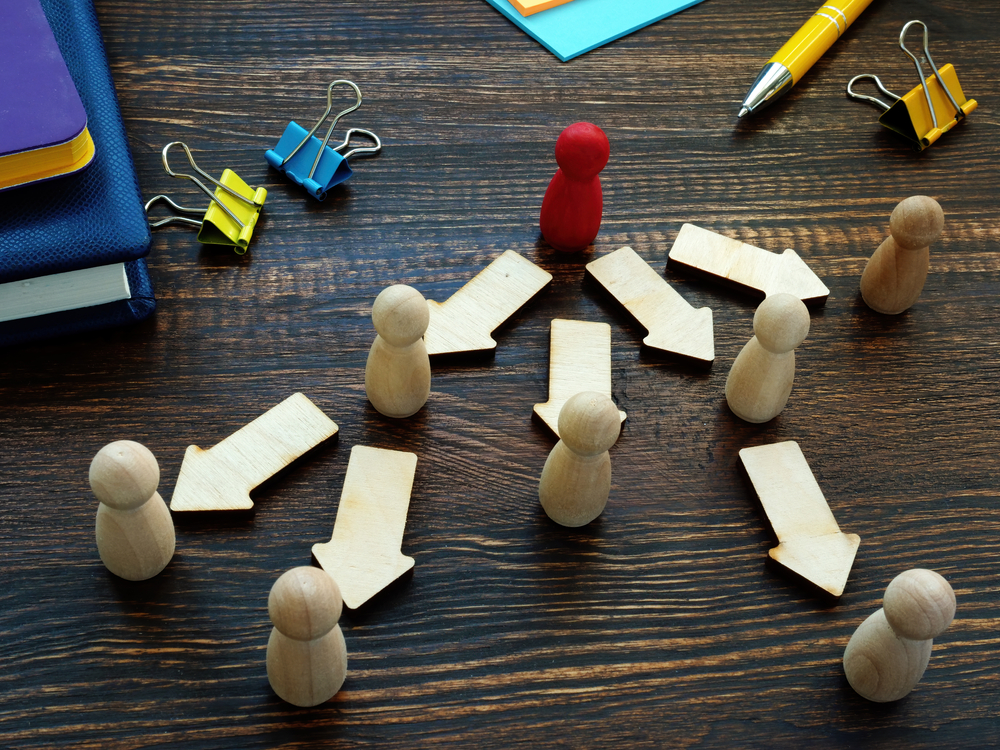
Delegating tasks to others frees up your time for more important responsibilities. Identify tasks that can be handled by team members or outsourced. Effective delegation involves clear communication and trust, allowing you to focus on high-priority activities.
Limit Multitasking

Multitasking often leads to decreased productivity and increased errors. Focus on one task at a time to improve concentration and efficiency. By completing tasks sequentially, you can maintain higher quality work and reduce stress.
Set Clear Boundaries

Establish clear boundaries between work and personal life. Designate specific work hours and stick to them. Avoid checking emails or taking work calls during personal time. This practice helps maintain a healthy work-life balance and prevents burnout.
Utilize the 80/20 Rule

The 80/20 rule, or Pareto Principle, states that 80% of results come from 20% of efforts. Identify and focus on the tasks that yield the most significant results. This approach helps you prioritize high-impact activities and improve overall efficiency.
Plan Your Day the Night Before
![I can't stop thinking about our conversation on [topic]. Would love to continue it!](https://unifycosmos.com/wp-content/uploads/2024/06/I-cant-stop-thinking-about-our-conversation-on-topic.-Would-love-to-continue-it-1024x683.jpg)
Spend a few minutes each evening planning the next day’s tasks. Creating a to-do list and organizing your schedule in advance helps you start the day with a clear plan, reducing decision fatigue and increasing productivity.
Automate Repetitive Tasks
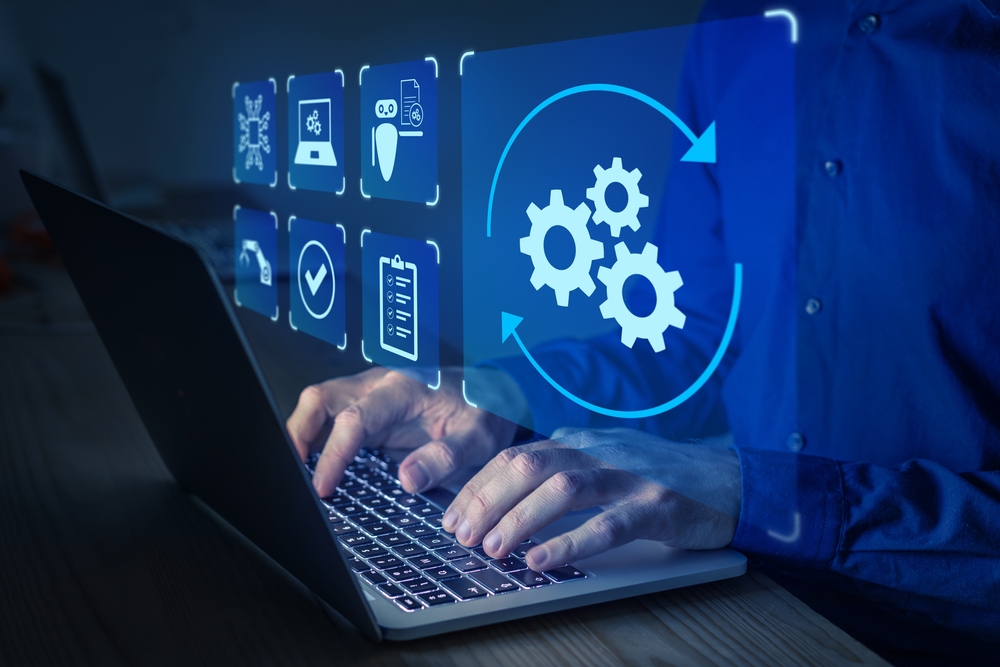
Use automation tools to handle repetitive tasks like email sorting, appointment scheduling, and data entry. Automating these processes saves time and reduces the risk of human error, allowing you to focus on more strategic activities.
Limit Social Media Usage
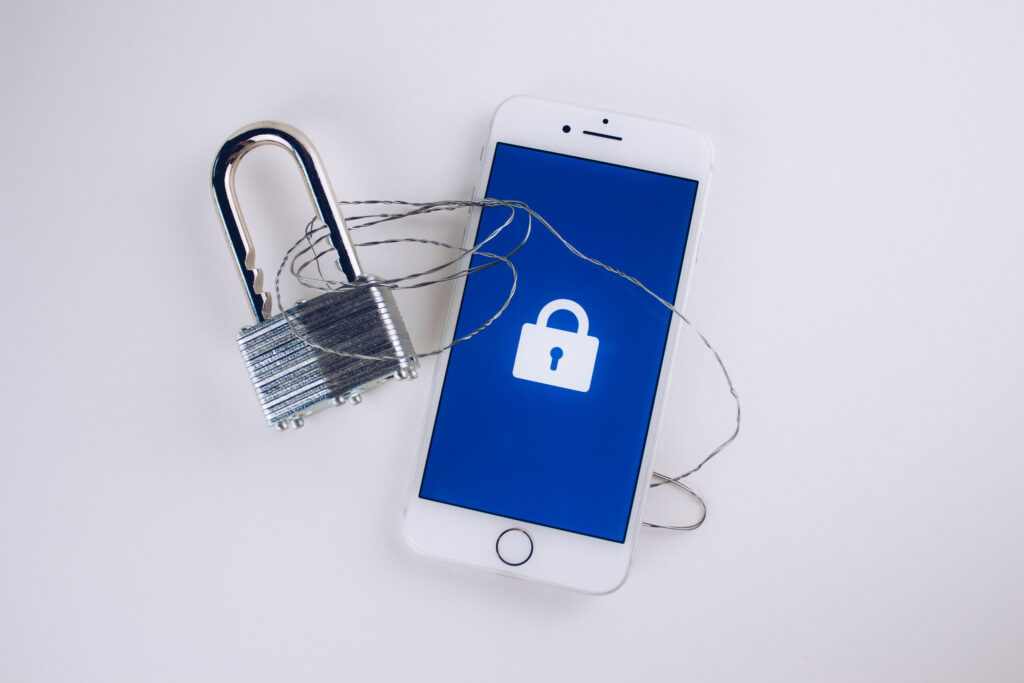
Social media can be a significant distraction. Set specific times for checking social media and stick to them. Using apps that block or limit social media access during work hours can help you stay focused and productive.
Take Regular Breaks

Taking regular breaks throughout the day helps maintain energy levels and reduce stress. Short breaks allow you to recharge and return to tasks with renewed focus and creativity. Incorporate activities like stretching or walking to enhance physical well-being.
Learn to Say No

Avoid overcommitting by learning to say no to tasks or projects that don’t align with your priorities. Politely declining unnecessary commitments helps you protect your time and focus on what truly matters.
Batch Similar Tasks

Group similar tasks together and complete them in one session. Batching tasks like emails, phone calls, or administrative work reduces transition time between activities and improves efficiency.
Use a Calendar
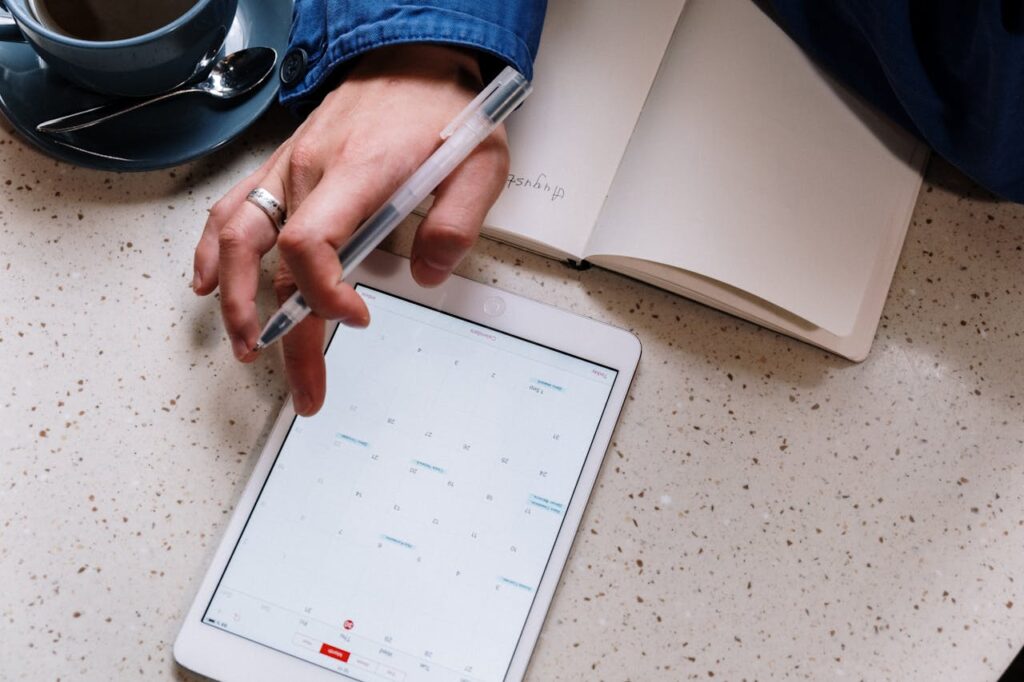
Keep a detailed calendar to schedule appointments, deadlines, and important events. Digital calendars like Google Calendar offer reminders and can be synced across devices, ensuring you never miss an important date.
Track Your Time

Use time-tracking tools to monitor how you spend your time. Analyzing your time usage helps identify areas for improvement and adjust your schedule to maximize productivity.
Establish a Morning Routine

A consistent morning routine sets a positive tone for the day. Activities like exercise, meditation, or planning can boost energy levels and improve focus. A structured start helps you tackle the day with clarity and purpose.
Eliminate Time Wasters

Identify and eliminate activities that waste time, such as unnecessary meetings, excessive email checking, or prolonged social media use. Reducing these distractions helps you stay focused on productive tasks.
Review Your Progress Regularly

Regularly reviewing your progress helps you stay on track with your goals. Reflect on what’s working and what needs adjustment. This practice encourages continuous improvement and helps you stay aligned with your priorities.
Keep a Clean Workspace

A cluttered workspace can lead to distractions and decreased productivity. Keep your workspace organized and free of unnecessary items. A clean environment promotes focus and efficiency.
Practice Mindfulness

Mindfulness techniques, such as meditation or deep breathing, can help reduce stress and improve focus. Incorporating mindfulness into your daily routine enhances your ability to concentrate and manage time effectively.
This article originally appeared on UnifyCosmos.
More from UnifyCosmos
18 Skincare Routines for a Fresh and Professional Appearance

Whether you’re getting ready for a big presentation or just want to look your best every day, having a clear plan can make all the difference. Below are 18 essential skincare steps arranged in the order you would typically follow for the best results. Read more!
21 Misconceptions About Parenting You Need to Know

In this article, we will debunk some of the most common myths about parenting, offering clarity and insight to help parents navigate their roles with confidence and understanding. Read more!
20 Common Beauty Myths You Should Stop Believing

In this article, we debunk some of the most widespread beauty myths that are totally false. By shedding light on these misconceptions, you’ll gain a clearer understanding of what truly works for your skin, hair, and overall beauty routine. Read more!
Leave a Reply